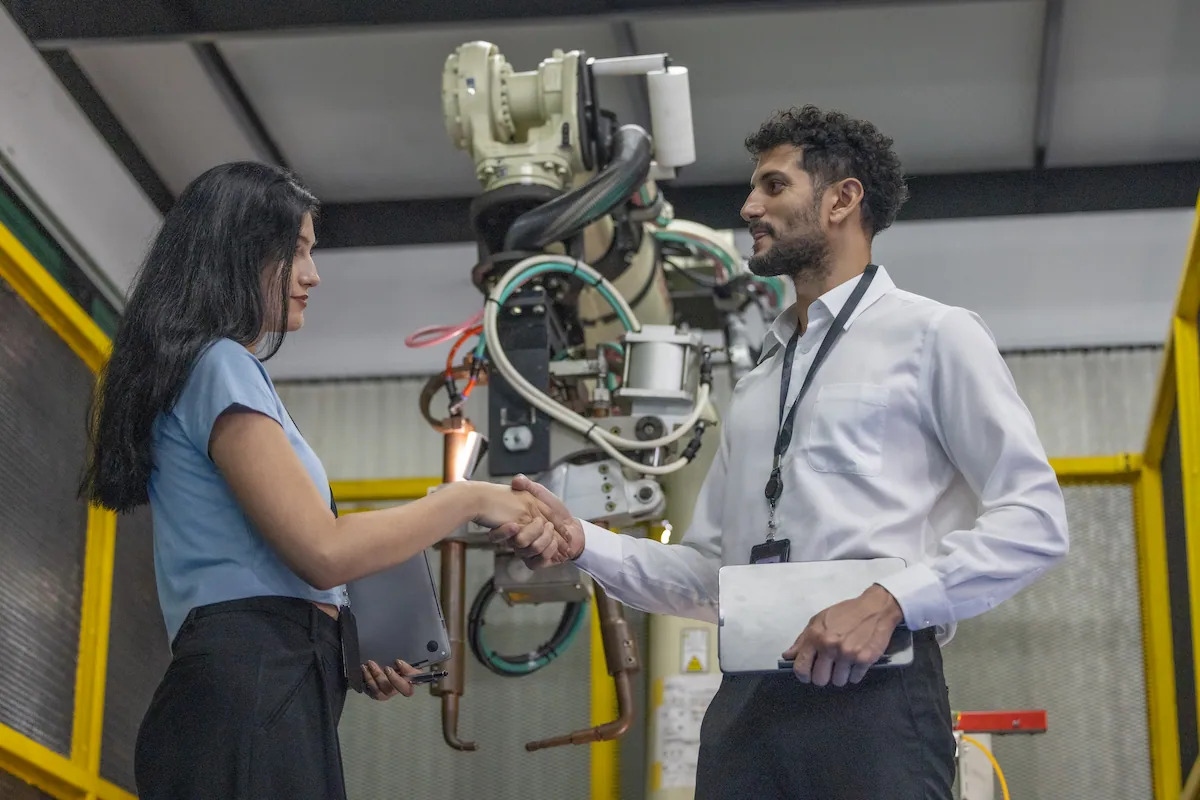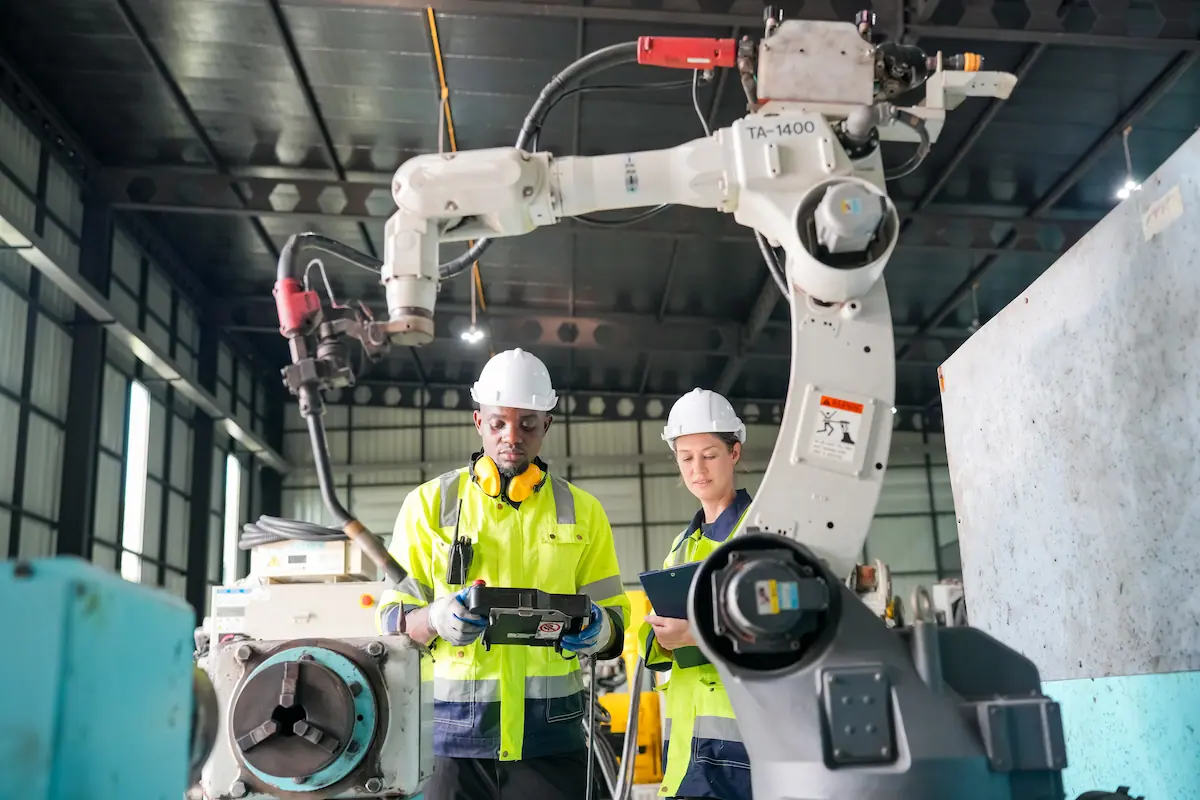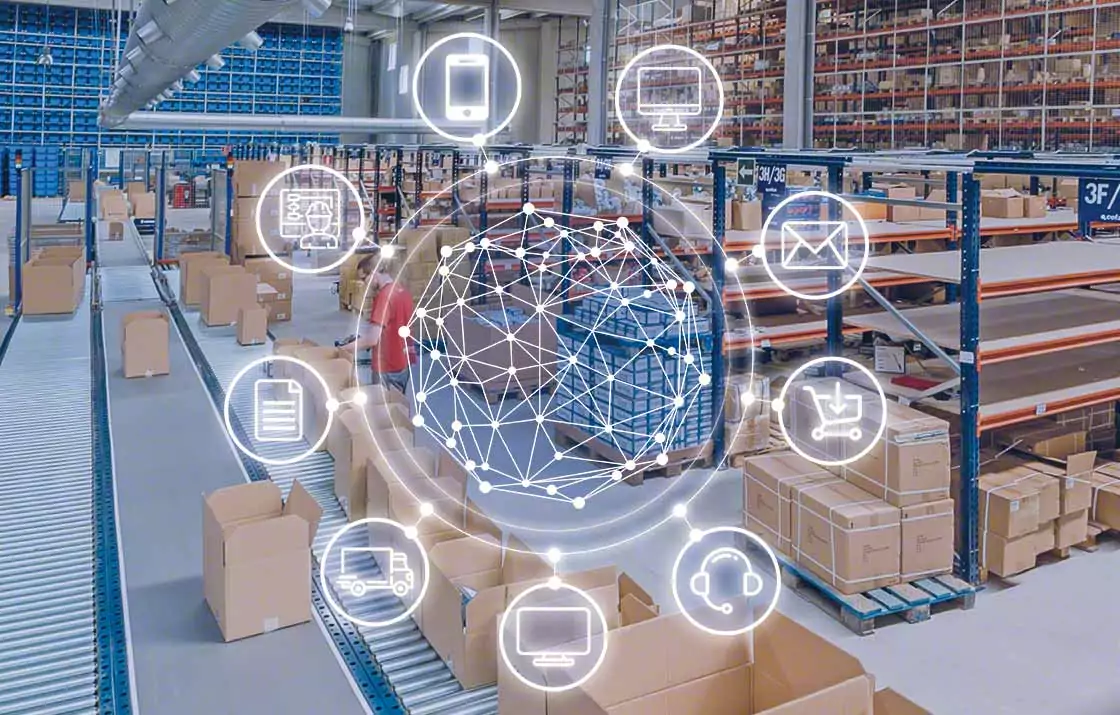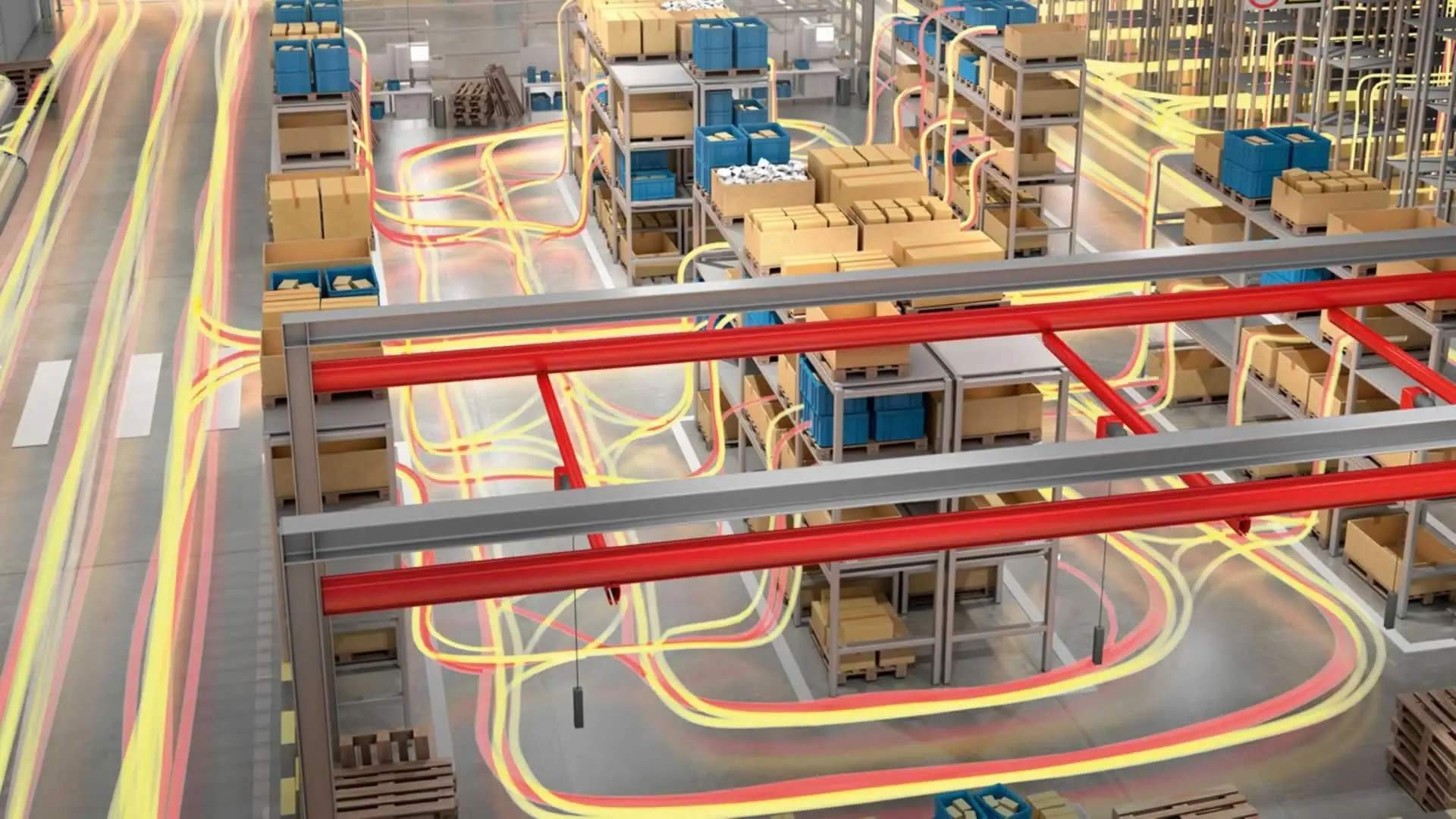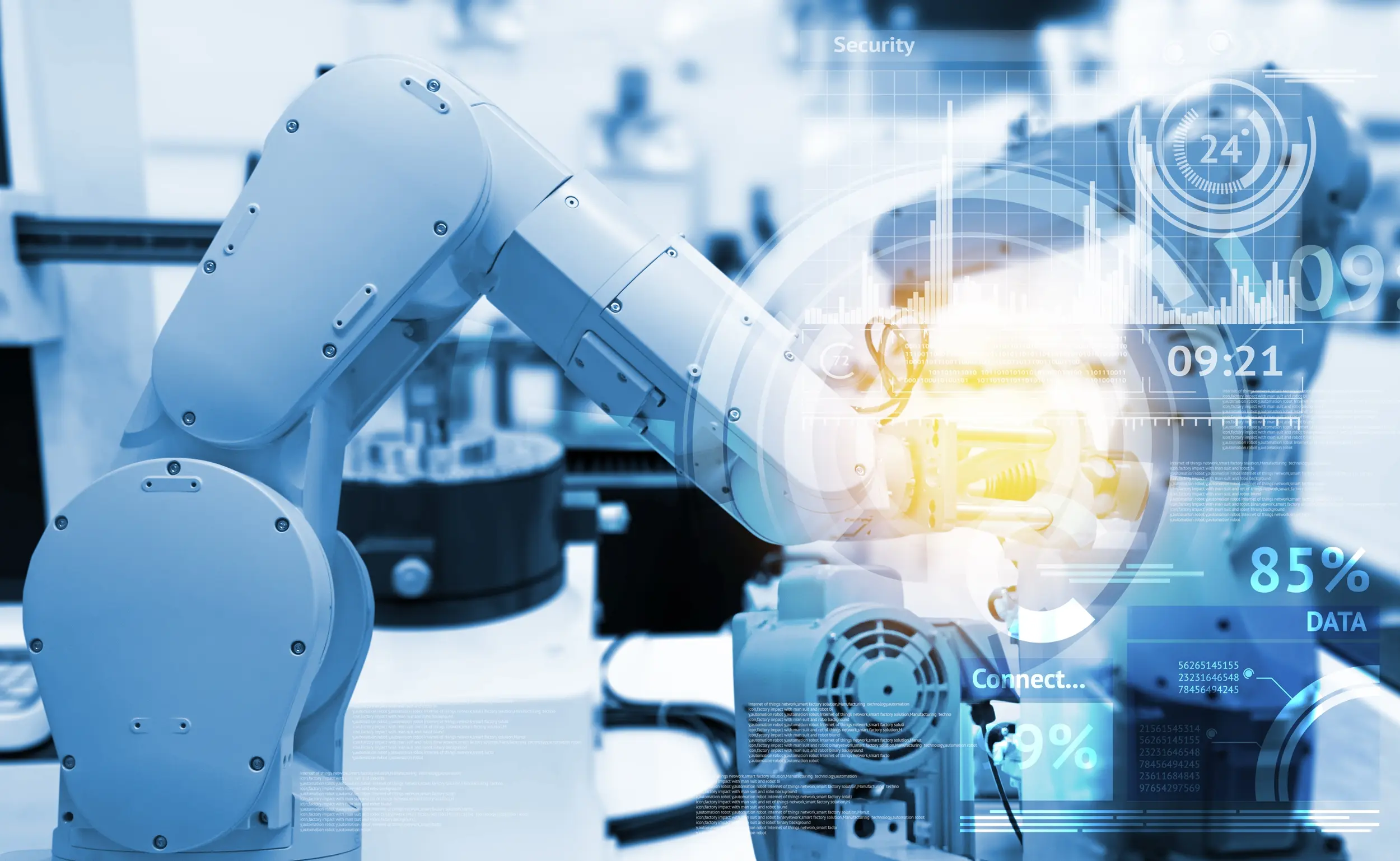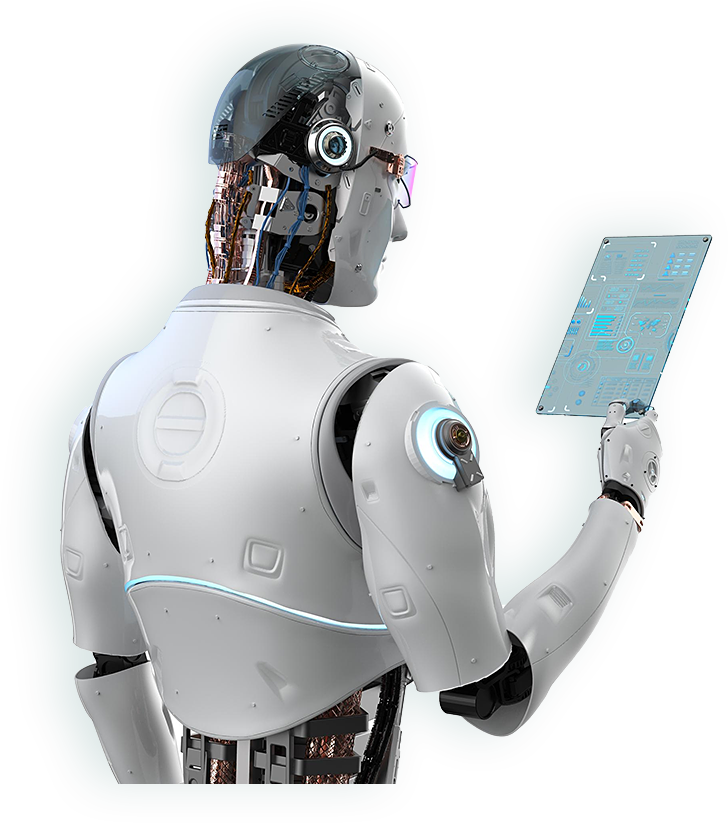Content index
ToggleThe new technological trends, linked toAdvanced Manufacturing and to theArtificial intelligence, have contributed to affirming the growth and evolution of artificial vision in industry and services.
What certainly contributes is the paradigm of Industry 4.0. It is precisely in this area, in fact, that vision systems and sensors equipped with AI find themselves playing a decisive role, thanks to the advantages they guarantee.
These devices, therefore, are now essential components of advanced automation systems, as happens for example with their application on collaborative robots, like ours todrobot TR1. Let's see together why.
The advantages
The advantages of vision systems with Artificial Intelligence are evaluated above all in carrying out repetitive tasks that require extreme accuracy and precision.
These are therefore measured in terms of greater speed of execution, standardization of quality, elimination of random errors and defects.
Added to this is the waste reduction (and the consequent costs) and reduction of the times of inactivity for machines and human operators, resulting in a increased efficiency and profitability.
Furthermore, it should be highlighted that no other element of the production line captures more information, or is more valuable in evaluating products and finding defects; in collecting data to direct operations and optimize the productivity of robots and other equipment.
Artificial vision and Cobots
Computer vision is a technology that replaces the human eye with digital cameras And image processing techniques.
The diffusion of such vision systems in industries, however, can be considered parallel to that of Cobots, collaborative robots capable of operating safely in the same physical spaces as human operators.
In fact, it is precisely through vision systems with artificial intelligence that machines in general, and Cobots in particular, acquire the ability to "see", "understand" and "interpret". Abilities necessary to carry out the tasks assigned to them and interact with human operators.
The industrial applications of AI vision systems, associated with collaborative robots, can therefore be listed as follows:
- Recognition: linked to quality control and production defects or with respect to product standards;
- Orientation, positioning and guidance: Usually associated with palletizing, during which vision sensors allow the Cobot's anthropomorphic arm to be guided;
- Non-contact measurements: concerns the possibility of carrying out measurements excluding physical contact and human intervention;
- Classification and choice: one of the most complex operations, through which a cobot, with machine vision, can choose to grasp and reposition objects of a different nature, classifying them.
- Reading: It consists of recognizing the package, checking the barcode, grabbing the object and placing it in a box or placing it on a pallet.
- Count: It is the ability to count a specific number of objects or the number of occurrences of a characteristic in a given object.
- Surveillance and Interaction: it has to do with safety in human-machine interaction in the same work environment, recognizing the position and movement of operators and providing the Cobots with the information to interact with them, avoiding contact.
Finally, it should be noted that what makes the difference, in all the applications listed, is the ability of the vision systems to learn through Machine Learning or Deep Learning.
In fact, Artificial Intelligence learns from experience.
It accumulates information and becomes increasingly precise and accurate in carrying out its tasks.

